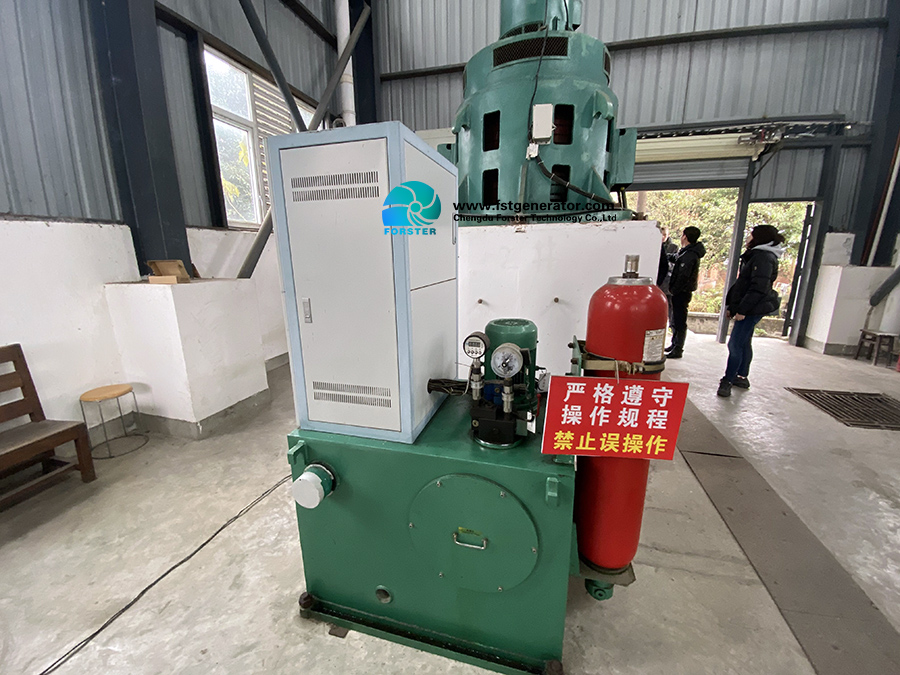If you mean power, read How much power could I generate from a hydro turbine?
If you mean hydro energy (which is what you sell), read on.
Energy is everything; you can sell energy, but you can’t sell power (at least not in the context of small hydropower). People often get obsessed with wanting the highest possible power output from a hydro system, but this is really quite irrelevant.
When you sell electricity you are paid depending on the number of kWh (kilowatt-hours) you sell (i.e. based on the energy) and not for the power you produce. Energy is the capacity to do work, while power is the rate at which work can be done. It is a bit like miles and miles-per-hour; the two are clearly related, but are fundamentally different.
If you want a quick answer to the question, see the table below which shows how much hydro energy would be generated in a year for a range of hydro systems with different maximum power outputs. It is interesting to note that an ‘average’ UK home uses 12 kWh of electricity every day, or 4,368 kWh per year. Hence the number of ‘average UK homes powered’ is also shown homes powered’ is also shown. There is a more detailed discussion below for anyone that is interested.

For any hydropower site, once all of that site’s peculiarities have been considered and the ‘Hands Off Flow (HOF)’ agreed with the environmental regulator, there will normally be a single optimum turbine choice that will make best use of the water resource available and result in the maximum energy production. Maximising hydro energy production within the project budget available is one of the key skills of a hydropower engineer.
To estimate how much energy a hydropower system produces accurately needs specialist software, but you can get a good approximation by using a ‘capacity factor’. A capacity factor is basically the annual amount of energy produced by a hydro system divided by the theoretical maximum if the system operated at maximum power output 24/7. For a typical UK site with a good quality turbine and a maximum flow rate of Qmean and a HOF of Q95, it can be shown that the capacity factor would be approximately 0.5. Assuming you know the maximum power output from the hydro system the Annual Energy Production (AEP) from the system can be calculated from:
Annual Energy Production (kWh) = Maximum power output (kW) x No. hours in a year x capacity factor
Note that there are 8,760 hours in a (non leap) year.
As an example, for the low-head and high-head example sites above, both of which had maximum power outputs of 49.7 kW, the Annual Hydro Energy Production (AEP) would be:
AEP = 49.7 (kW) X 8,760 (h) X 0.5 = 217,686 (kWh)
Energy generation can be maximised by keeping the inlet screen clear of debris which maintains a maximum system head. This can be automatically acheived using our innovative GoFlo Travelling screen manufactured in the UK by our sister company . Discover the benefits of installing a GoFlo travelling screen on your hydropower system in this case study: Maximising the benefits of hydropower technology using innovative GoFlo travelling screen technology.
Post time: Jun-28-2021
